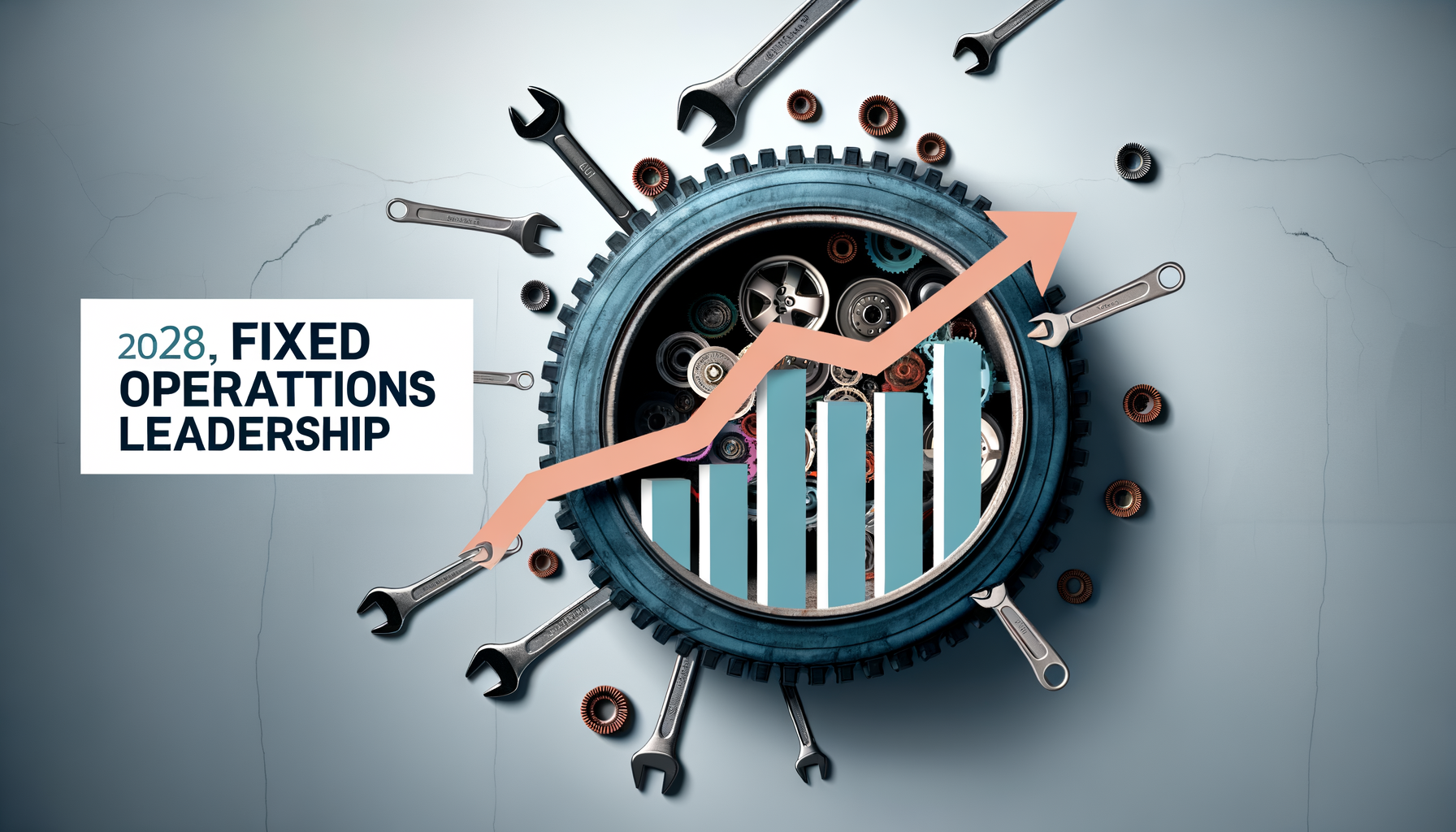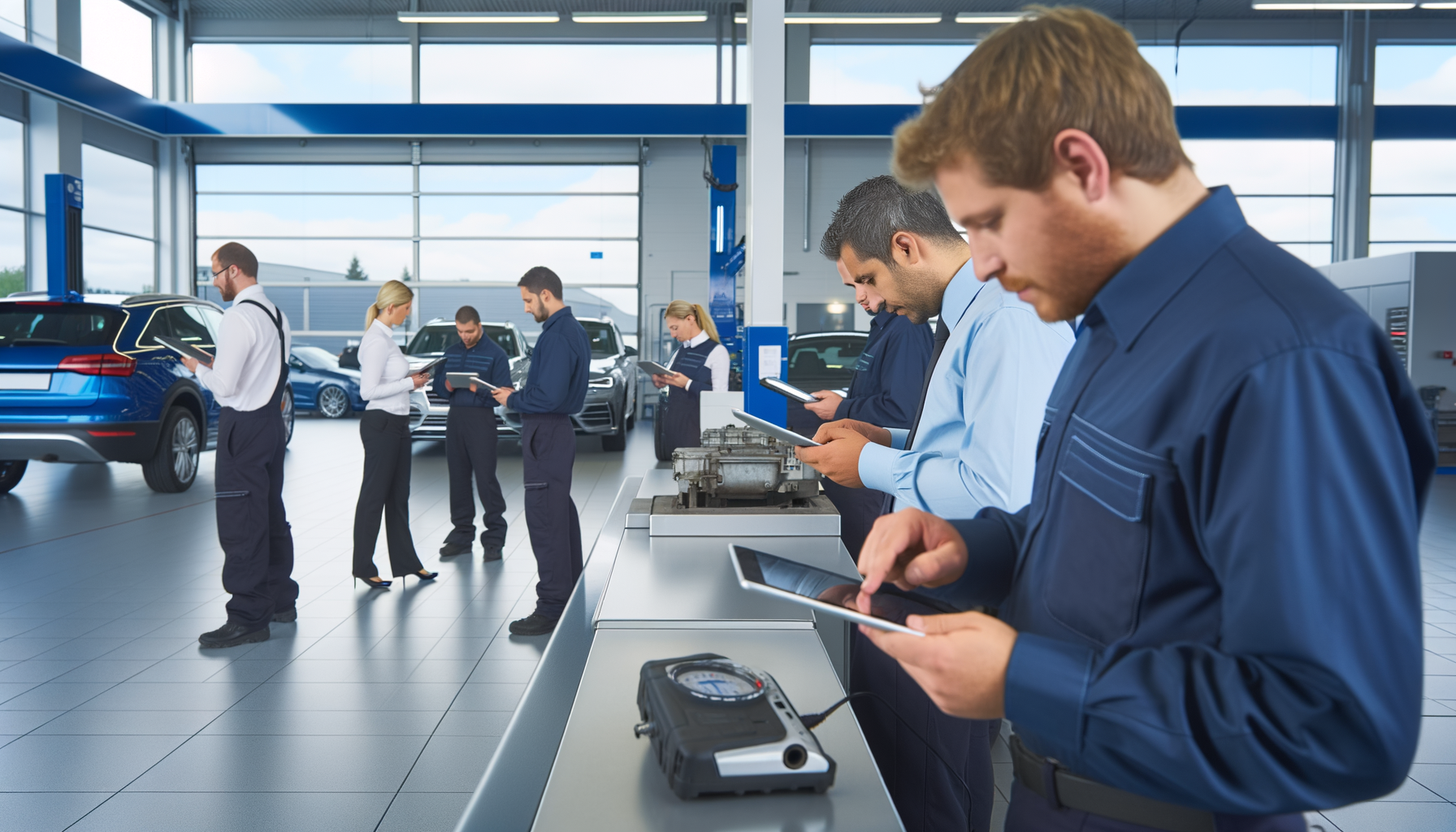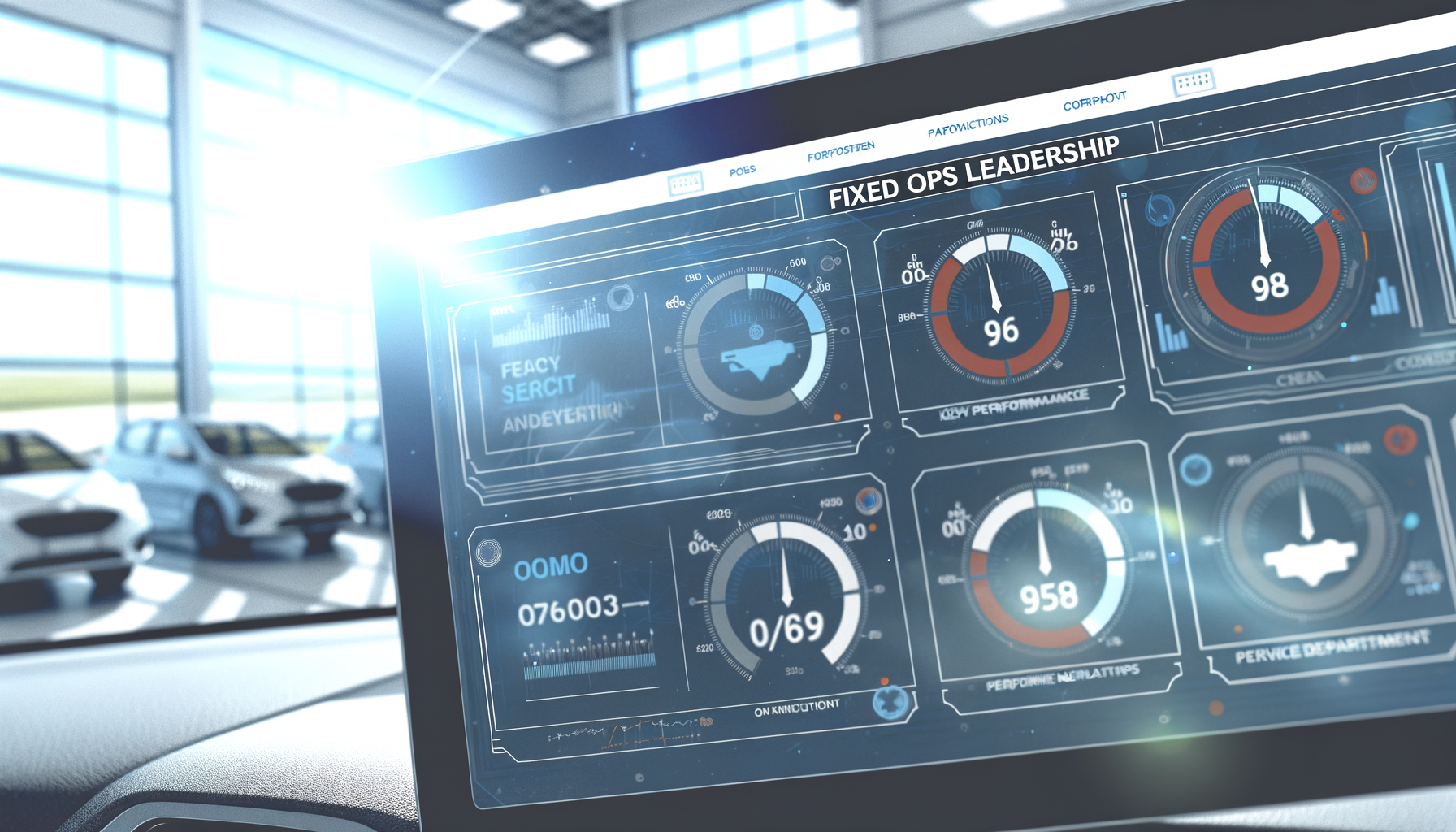The Leadership Highway: Steering Dealership Service Towards Unprecedented Success

Understanding Fixed Ops Leadership Today

Fixed ops leadership has evolved significantly over the past decade, driven by technological advancements and shifting consumer expectations. Today’s leaders must be adaptive, tech-savvy, and customer-centric.
The increase in EV-related repairs, now accounting for 15% of service visits, requires leaders to invest in specialized training for technicians. Additionally, parts shortages challenge leaders to optimize inventory management.
To tackle these issues, fixed ops leaders must establish a culture of continuous learning and innovation, ensuring technicians are equipped with the latest skills and tools.
Developing a Future-Focused Leadership Strategy

Start by defining clear, measurable goals for your service department. These should align with overall dealership objectives and include specific benchmarks for customer satisfaction, efficiency, and profitability.
Use a combination of historical data and predictive analytics to set realistic targets. Engage your team in this process to foster ownership and accountability.
Regularly review and adjust your strategy based on performance metrics and market trends. Flexibility is key to staying competitive in a rapidly changing environment.
Implementing Effective Team Development Techniques

Cultivating a skilled and motivated team is crucial for any successful service department. Implement a structured coaching program that focuses on both technical skills and soft skills.
Use real-world scenarios and role-playing exercises to enhance problem-solving and customer interaction abilities among your staff.
Provide continuous feedback and recognition to boost morale and retention. Consider mentorship programs to pair experienced technicians with newer team members.
Leveraging Technology and Automation

Incorporating technology and automation is not optional—it's essential. Utilize software solutions like Auto Pro Solutions to streamline workflows and improve accuracy.
Implement advanced diagnostics tools to reduce downtime and increase the precision of repairs. Automation can also assist in scheduling, inventory management, and customer communication.
Regularly assess your technology stack to ensure it meets the evolving needs of your department and provides a significant return on investment (ROI).
Measuring and Optimizing Service Department Performance

Identify and track key performance indicators that align with your strategic goals, such as First Time Fix Rate, Average Repair Time, and Net Promoter Score.
Use data analytics to gain insights into service trends and customer behaviors, enabling you to make data-driven decisions.
Regularly review these metrics with your team to identify areas for improvement and celebrate successes, fostering a culture of continuous improvement.
Building Lasting Customer Relationships

Customer loyalty is built on trust and exceptional service experiences. Engage customers through personalized communication and follow-up.
Offer digital tools for scheduling and feedback to align with customer preferences, as 68% now prefer these methods.
Develop a customer retention program that rewards repeat business and encourages referrals, leveraging CRM tools to track customer interactions.
Related Topics
Ready to take your service department to the next level?
Schedule your demo today and experience the power of Auto Pro Solutions.
Schedule Demo